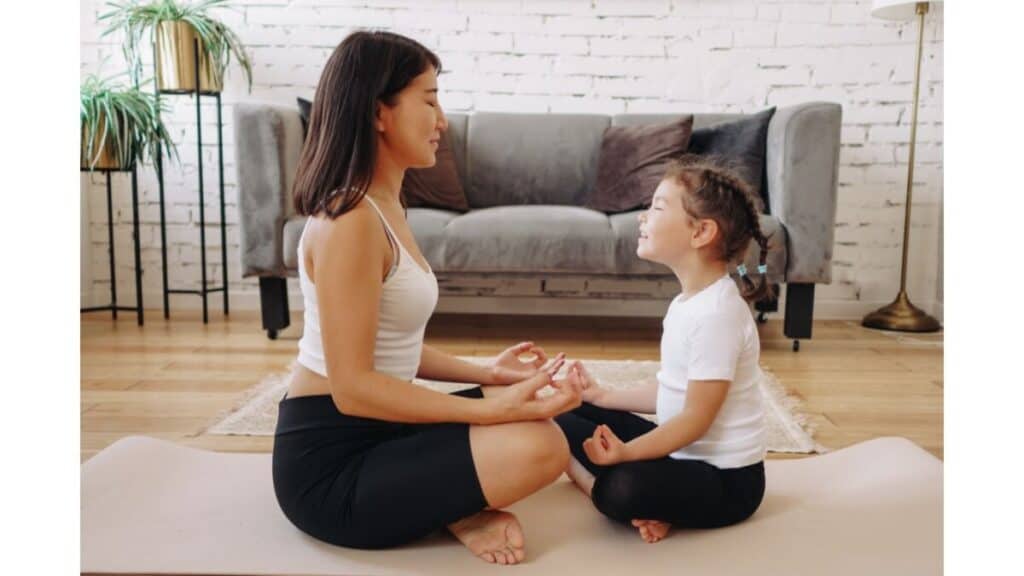If you are new to meditation or manifestation, you have probably heard about how important it is to get in the receptive mode, but what the heck is the receptive mode and how do you align with it? To be in the receptive mode, you need to open all your channels from within yourself and be open to all forms of receiving. It is important that you don’t lock yourself in to one ideal or one way of receiving. If you are truly in the receptive mode, you will see miracles in your life start to appear on many different levels.
To make the concept of being in the receptive mode a little easier to understand, image you are the owner of a gas station. Your customers come in to buy gas but your station happens to only accept credit cards, but even more specific, your station only offers Discover Card as a form of payment. So the only possible customers you can get are Discover Card users. You are missing out on business from all the other patrons who are paying in cash or have a Visa, Master Card, or American Express. Likewise, if you are not in the receptive mode then you are likely affixed to one outcome. You need to be open to all channels of receiving and allow all things to flow in your life from the most unexpected places.
How to Get in The Receptive Mode
- Meditate: There are many forms of meditation, and many ways to meditate. There is no wrong way to meditate, and you should choose the method that resonates with you. What you are wanting to accomplish in terms of manifestation is letting go of your resistant (negative, self-defeating) but being in the meditative state also allows you to “hear” that still small voice inside you. Maybe you will get intuitive guidance, or be hit with an idea.
- Be Specific About What You Want: Take time to clearly define what you want. If you want more money for instance, if you really want to double your income but only ask for more money, then you are not likely to notice that dime you found outside your car as the answer to your request. It’s ok to ask for what you want. Be specific with what you want, the more clear you can be, the more you will be able to identify when it has flowed into your life.
- Leave the How Out of the Equation: Don’t be the gas station owner who only accepts Discover Card! If you want to double your income, and you really want to double your income, then be open to the ways that can come into your experience. It may not come in the way you imagine. You may not get that promotion, maybe a friend talks to you about a great investment opportunity and it blows up. Maybe you get offered another job in an entirely different field than you ever thought about. Maybe you have an opportunity to pursue your entrepreneurial passions. The list is endless, in both money manifestation and any other thing you may be asking for. You are not responsible for the how, your only job is to define the what.
- Let go of Limiting Beliefs: Identify and release any limiting beliefs you have. Stop worrying about what you don’t have. You don’t have the (fill in blank) to get what you want. You do have what it takes to get what you want. It would not have been placed in your mind if it was something you could not get. If you have a true desire for what it is that you are trying to manifest, then it is 100% possible for you to get it. Know that! With every fiber of your being. If it was placed in your mind as a true desire that YOU have, not what you think others expect of you, but your real true desire, then there is a way. Focus on the outcome… the way to the outcome will come.
- Trust and Surrender: Know that what you want is already coming towards you. Your Higher Self, The Universe, God, or what ever you call it wants you to have what it is you want. Allow yourself to be open to receive it. Be open to all the ways it can be manifested in your life. Be grateful for what you already have and keep yourself in a high vibrational state to be aligned with God. Trust that what you want would not have been planted in your mind if it was not meant for you.
- Take Inspired Action: While manifestation involves aligning your energy to your manifestations, it’s important to take inspired action towards your goals. Pay attention to any intuitive nudges or ideas that come to you and take steps in alignment with your desires.
- Program While You Sleep: There is no better time of day to program your subconscious mind to suggestion than when you are sleeping. Listen to prerecorded affirmations while you sleep. You can record your own, write your own affirmations and speak then softly and slowly on a recording device with meditation music playing in the background and then listen to it for a minimum of 21 days.

Remove Resistance and Your Manifestation Will be Instant
Your resistance is the main barrier that stands between you and the manifestation you desire. Think back to the last time you wanted something and as soon as you thought it for a few seconds, it manifested literally immediately. Chances are it was something you don’t hold any emotions for, there’s was likely no reasons you couldn’t receive what it is you wanted. It may have been, “I really want tacos for dinner tonight, then you start thinking about how bad you want tacos, but you didn’t talk to your partner about it. When you get home there are tacos waiting for you. But manifesting a loving relationship on the other hand is a different story. You may have many feelings of resistance here. Maybe you don’t think you are worthy of love, or you have a poor attachment style due to childhood traumas, or maybe you think all the good one’s are already taken. There is a lot of resistance there, so trying to manifest a loving partner with those beliefs will not provide the desired outcome. You must remove the resistance you carry for a manifestation to come into fruition.
Here are some ways to remove the resistant blocks you have:
- Identify Your Resistance: The identifying step is easy if you know what it is you are resistant for. For instance, you know you have abandonment issues and therefore are independent to the point of not seeking a partner, even though you want one. It becomes a problem when you are unaware of the resistance you have. This is where shadow work comes in.
- Visualization: Visualize the life you want in spite of your known or unknown limiting beliefs. Try to imagine your life with the manifestation already fulfilled. This helps your mind think you have experienced this already. If what you want is accompanied by feelings of joy and satisfaction, The Universe will work in your favor to give you more of what you are focused on.
- Gratitude and Positive Thoughts: Vibration is key, the way to vibrate at a higher level is to be thankful for what you already have. Keep a gratitude journal, it helps to notice and appreciate all aspects of yourself and of your life. Stay positive. If there is a lag in you manifestations, it may just mean that you have a little more internal work to accomplish. That’s ok! Stay focused on positive energy, paying attention to inspired thoughts, and listening to your inner voice and you will be on your way to manifesting the life you desire.
Overall, make sure you believe in yourself, both in the ability to manifest and also in the deserving of the life you want to create for yourself. Affirmations are a fantastic tool to use, both in manifestation and changing your influenced beliefs to better serve you. Remember, you got this! You can manifest! You DO deserve the life you imagine for yourself! You already have everything you need inside yourself, the time is now to let that inner self shine!






